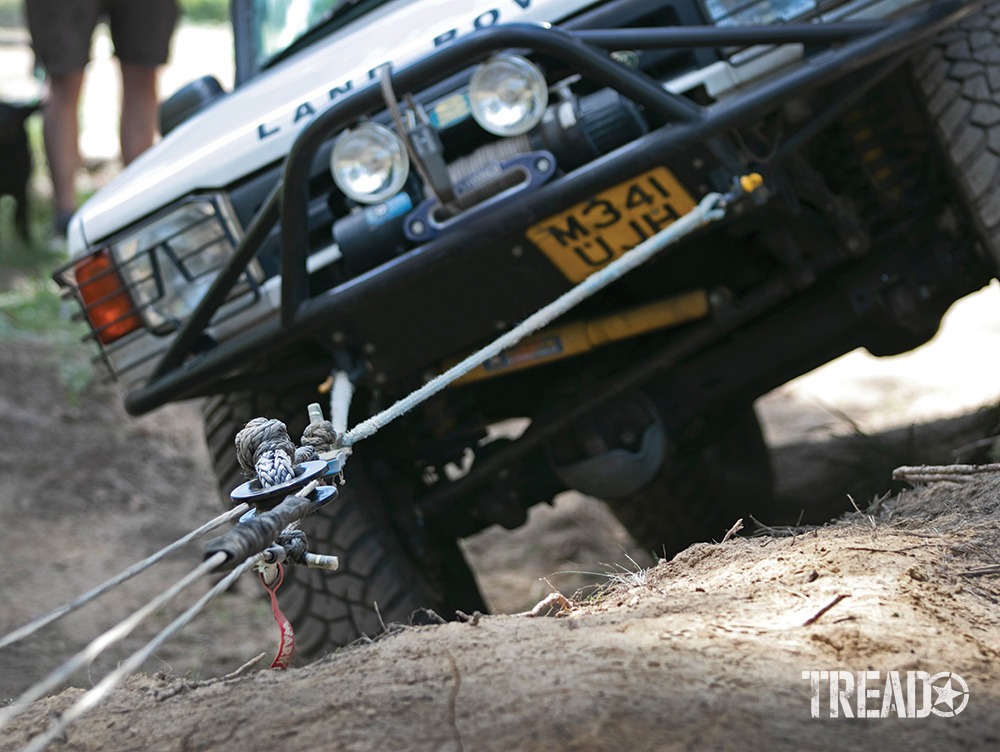Getting stuck in mud, sand, or snow is one of the most frustrating things for any driver or off-roader.
You try to get your vehicle moving on your own, but no matter what you do, it just won’t budge.
Many people try simple DIY recovery methods, hoping to save time and money, but most of these attempts don’t work well. Sometimes, they even make the problem worse or put people in danger.

Why do so many DIY recoveries fail? Often, it’s because of using the wrong tools, poor techniques, or not understanding how vehicles and terrain work together.
These mistakes can lead to broken straps, damaged vehicles, or worse — injuries.
In this guide, you’ll learn what really works when you’re stuck. We will share easy-to-follow recovery tips, safety advice, and explain why equipment like TruckClaws, tracGrabber, and Maxtrax is a game-changer.
You’ll get the right knowledge to stay safe and get moving fast, without unnecessary risks.
Why Most DIY Recovery Methods Fail
Common Mistakes in DIY Recovery
● Using improper or weak equipment like low-quality tow straps or ropes
● Ignoring important factors such as vehicle weight and momentum
● Not having proper anchor points or lacking knowledge about rigging
● Setting up unsafe recovery angles that put stress on gear and vehicle
● Overestimating the power of winches and pulling tools
Risks and Consequences
● Equipment failure, such as broken straps or snapped winch cables
● Damage to the vehicle’s undercarriage, suspension, or frame
● Personal injuries caused by sudden jerks or poor rigging setup
● Environmental harm due to careless recovery methods
What Actually Works: Safe and Effective DIY Recovery
Understanding the Basics of Vehicle Recovery
● Assess the terrain carefully—mud, sand, and snow each bring their own challenges.
● Use momentum and vehicle weight smartly to help free the stuck vehicle.
● Know your limits and recognize when it’s safer to call professional help.
Essential Equipment for Successful DIY Recovery
● Use recovery straps and kinetic ropes properly; know the difference between them and when to use each.
● Choose strong anchor points like trees, large rocks, or dedicated vehicle recovery points.
● Follow winching safety tips to avoid accidents and equipment damage.
● TruckClaws are the best traction aids to replace traditional recovery mats or Maxtrax for gripping soft terrain.
● Other helpful tools include snatch blocks, recovery boards, and hydraulic jacks to improve your chances of success.
Step-by-Step Guide to Safe Winching and Vehicle Recovery
● Set up rigging carefully to keep everything safe and efficient during recovery.
● Use TruckClaws to gain extra traction when driving on soft ground like mud or sand.
● Communicate clearly and work as a team throughout the recovery process.
● Always wear safety gear such as gloves and eye protection, and stay alert to hazards around you.
When DIY Isn’t Enough: Professional Recovery Services
● Indicators for Calling Experts: If your vehicle is deeply stuck, damaged, or in a dangerous spot, it’s time to call professionals. Also, if your recovery attempts take too long or you lack the right gear, experts can help.
● Benefits of Professional Heavy-Duty Recovery Rigs: These rigs use powerful winches, cranes, and specialized tools that can handle tough recoveries safely and quickly. They protect your vehicle from further damage.
● How Professionals Avoid Common DIY Pitfalls: Pros have experience, training, and the right equipment like heavy-duty TruckClaws and winches. They know the safest rigging methods and recovery angles to prevent accidents.
● Overview of Towing and Recovery Companies: Many companies offer 24/7 services, quick response, and skilled operators. They often provide insurance coverage and guarantee a safer, damage-free recovery.
Preventive Measures to Avoid Recovery Situations
● Proper Vehicle Preparation Before Off-Roading: Check your tires, suspension, and fluids. Make sure your vehicle is ready for tough terrain to reduce the chance of getting stuck.
● Using TruckClaws Proactively as a Traction Aid: Carry TruckClaws with you and place them under tires before you lose traction. This simple step can prevent a lot of recovery headaches.
● Knowing Terrain Types and Planning Routes: Study the terrain—whether it’s mud, sand, or snow—and choose the safest path. Avoid risky spots where vehicles often get stuck.
● Training and Certifications for Off-Road Recovery Safety: Learning basic recovery skills and safety helps you act confidently and avoid dangerous mistakes when off-roading. Consider taking a recovery course to be fully prepared.
Mastering DIY Recovery: Stay Safe and Prepared
To sum up, many DIY recovery attempts fail because of common mistakes like using weak gear, ignoring safety, or poor rigging.
The key to success is knowing the basics, using the right equipment—especially reliable tools like TruckClaws—and always putting safety first.
Remember, with the right knowledge and trusted recovery aids, you can handle most situations confidently. But don’t hesitate to call in professionals if the job gets too tough.
Take action today: invest in quality recovery gear and learn proper techniques to keep your adventures safe and stress-free!


